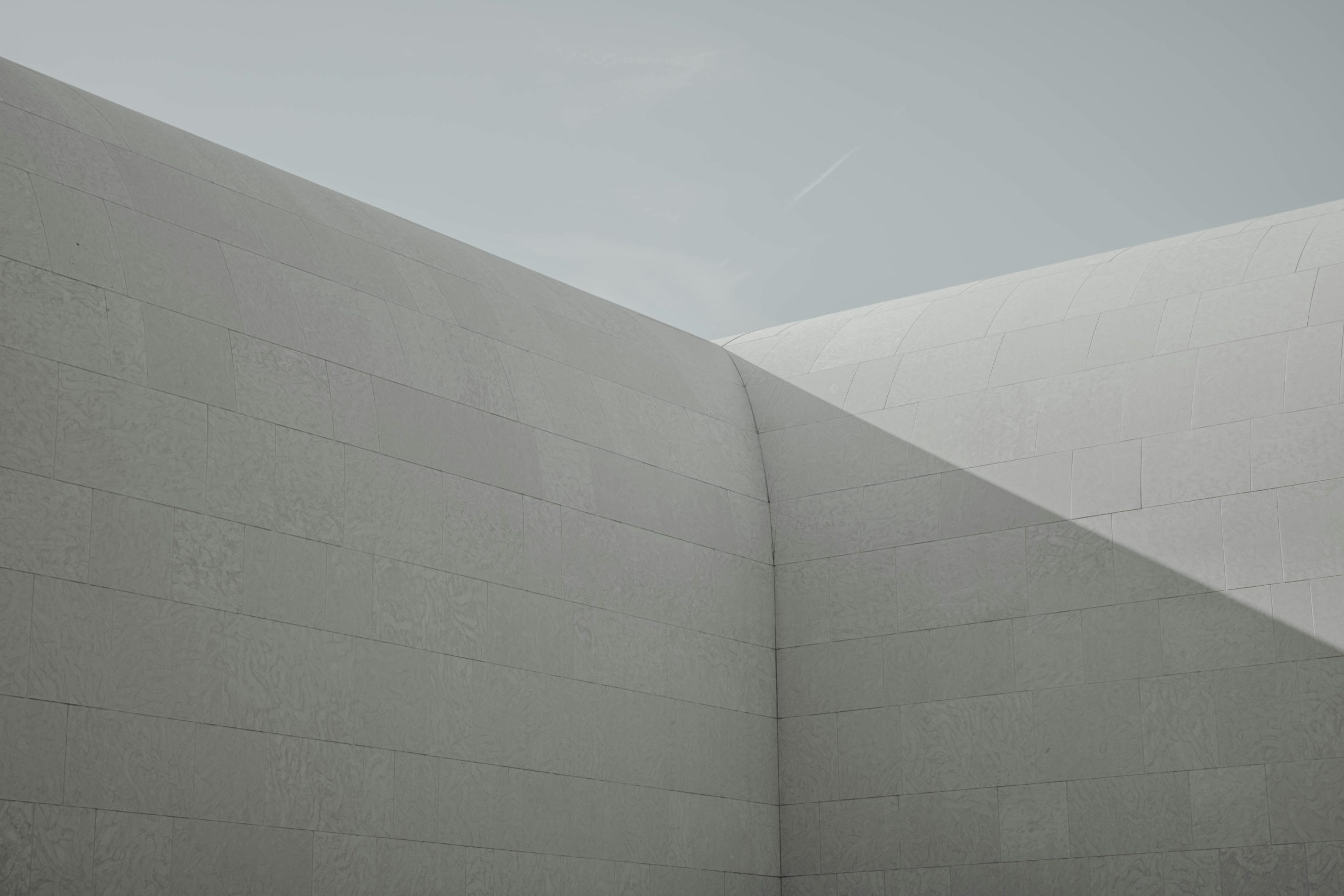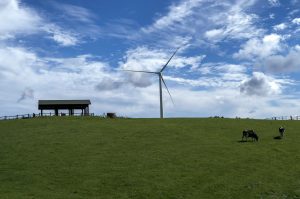Self-Healing Concrete and Mycelium Insulation: Building Materials of Tomorrow
As the world grapples with the effects of climate change, the construction industry has come under scrutiny for its significant contribution to greenhouse gas emissions. In search of sustainable solutions, scientists and engineers have turned to unconventional materials to build the structures of tomorrow. One such material that has captured the attention of many is self-healing concrete and mycelium insulation. These innovative building materials have the potential to revolutionize the construction industry, offering a sustainable and eco-friendly alternative to traditional materials.
The Need for Sustainable Building Materials
The construction industry is responsible for nearly 40% of global carbon emissions and consumes a significant amount of non-renewable resources. As the population continues to grow, the demand for new buildings and infrastructure also increases, putting a strain on the planet’s resources. It is evident that traditional building materials are not sustainable in the long run, and there is an urgent need for more environmentally friendly alternatives.
What is Self-Healing Concrete?
Concrete is one of the most widely used building materials, but it also has its drawbacks. It is prone to cracks and deterioration over time, which can compromise the structural integrity of a building. To combat this issue, researchers have developed self-healing concrete, a material with the ability to repair its own cracks.
How Does Self-Healing Concrete Work?
Self-healing concrete contains microcapsules filled with a healing agent, such as bacteria, that lies dormant within the concrete mix. When a crack forms, the capsules break, releasing the agent, which then reacts with other components in the mix to form a calcium carbonate-based material that fills the crack. This process mimics the natural healing process of bones, making the concrete strong once again.
Besides being able to heal itself, self-healing concrete also has a longer lifespan and reduces the need for frequent repairs and replacements, thus reducing the overall carbon footprint of buildings and infrastructure.
Mycelium Insulation: Nature’s Solution
Mycelium is the vegetative part of a fungus that grows underground and serves as a natural adhesive in the soil. Recently, researchers have discovered that mycelium has excellent insulation properties and can potentially replace traditional insulation materials such as fiberglass and foam.
How is Mycelium Insulation Made?
Mycelium insulation is made by growing the fungus on organic materials such as straw or corn husks, which form a dense web-like structure. This structure is then dried and compressed to create sustainable, lightweight, and biodegradable insulation panels. It is an incredibly versatile material that can be molded into various shapes and sizes, making it suitable for a wide range of applications in building and construction projects.
The Benefits of Using Self-Healing Concrete and Mycelium Insulation
Sustainable and Eco-Friendly
Self-healing concrete and mycelium insulation are both sustainable and eco-friendly alternatives to traditional building materials. They are made from renewable resources, and their production process generates much lower carbon emissions compared to traditional materials.
Enhanced Durability
With its ability to self-heal, concrete structures can last much longer without the need for frequent repairs and replacements. Similarly, mycelium insulation is resistant to fire and pests, making it a durable and long-lasting solution for insulation needs.
Reduced Carbon Footprint
The use of self-healing concrete and mycelium insulation can significantly reduce the carbon footprint of buildings and infrastructure. As these materials become more widely adopted, they can contribute to the reduction of greenhouse gas emissions and combat the effects of climate change.
The Future of Sustainable Building
Self-healing concrete and mycelium insulation are just two examples of the many innovative building materials that are being developed and tested for their sustainability. As the need for more environmentally friendly solutions becomes increasingly urgent, it is expected that these materials and others will play a significant role in shaping the buildings of tomorrow and reducing the construction industry’s impact on the environment.
In conclusion, self-healing concrete and mycelium insulation are not only a step in the right direction towards sustainability, but they also offer a glimpse into the future of construction. As technology and innovation continue to progress, it is likely that we will see more breakthroughs in building materials that are not only durable and efficient but also have a minimal impact on the environment.











